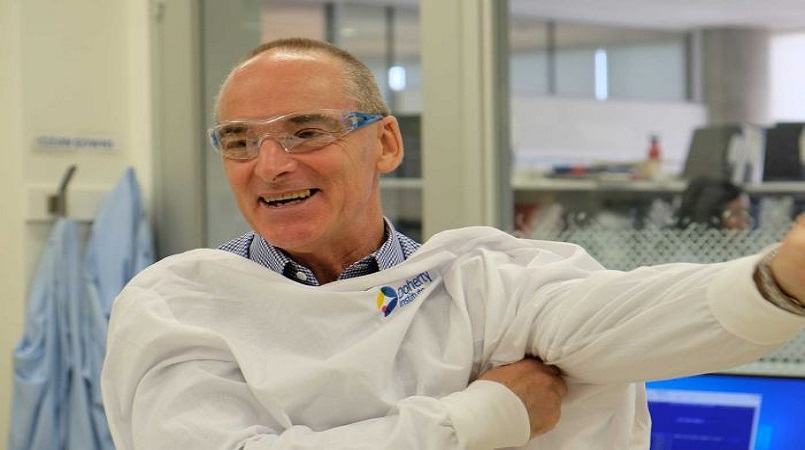
In a major breakthrough in the global fight against coronavirus, scientists in Australia have developed a lab-grown version of the disease.
Described as a "game changer" that will help scientists determine whether a future vaccine is effective, experts at Melbourne's Peter Doherty Institute for Infection and Immunity on Tuesday became the world's first scientific lab outside of China to recreate the virus.
They will now share it with the World Health Organisation (WHO) in Europe, which will in turn share it with labs worldwide — including one from Queensland — involved in the worldwide race to develop a vaccine.
The team of scientists grew the virus from a patient who had been infected since Friday.
The ABC was in the lab the moment scientists discovered they had successfully grown the virus, with Mike Catton, the co-deputy director of the Doherty Institute, confirming it with three words.
"We got it," he said. "Fantastic."
Dr Catton told the ABC the discovery was "vitally important" and would become a critical part of the tool kit to show if vaccines work, with scientists able to test any potential vaccine against a lab-grown version of the disease.
It will also enable researchers to develop a test to identify people who might be infected with the virus, even before they show any symptoms.
Right now in Australia, patients with initial coronavirus symptoms undergo testing in hospital, with samples sent to the Doherty Institute, the only lab in Australia that can test samples a second time and give a 100 per cent answer about whether someone is infected or not.
But this could all change following Tuesday's discovery.
Doherty Institute lead scientist Julian Druce, who was there with Dr Catton at the moment of discovery, described it as a significant development in the global understanding of the virus, and for the response to it.
"This will be a game changer for other labs within Australia," Dr Druce said.
Growing the virus will also help experts understand more about how coronavirus behaves.
The Doherty Institute is the second lab in the world to recreate the disease. A lab in China was the first, but did not share its discovery with the WHO.
However, the same lab released images of the genetic sequence of the disease, which helped scientists at the Doherty Institute recreate it.
Dr Druce said scientists at the institute had been working hard to understand more about the illness, which has already claimed at least 106 lives in China and infected another 4,200 people worldwide.
"It's been 10-12 hour days, 2:00am finishes; so it's been pretty full on," he said.
"We've designed and planned for an exercise like this for many years. This is what the Doherty Institute was built for.
"And that's really why we're able to get an answer from Friday to today [of] diagnosis, detection, sequencing, and isolation."
